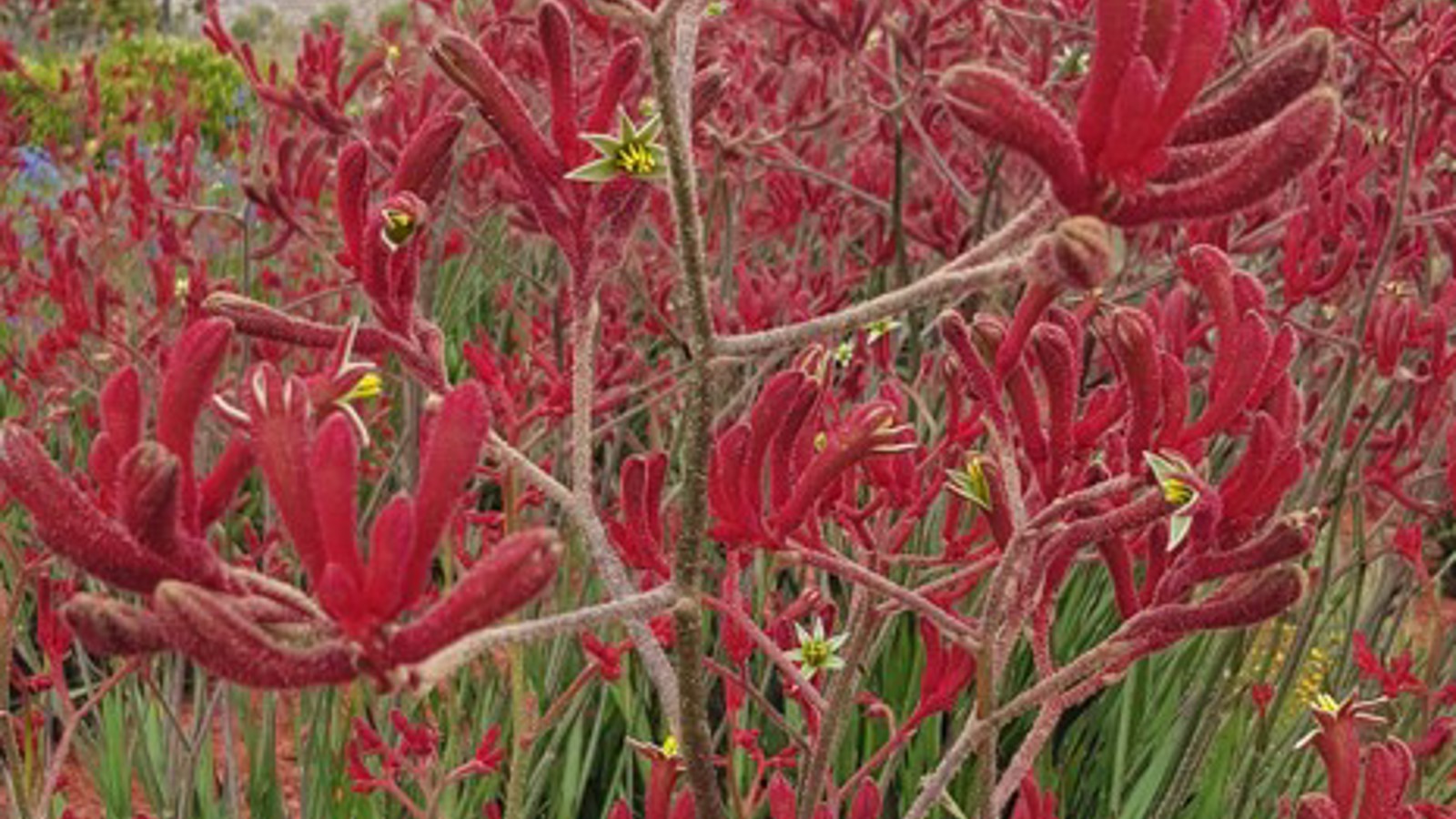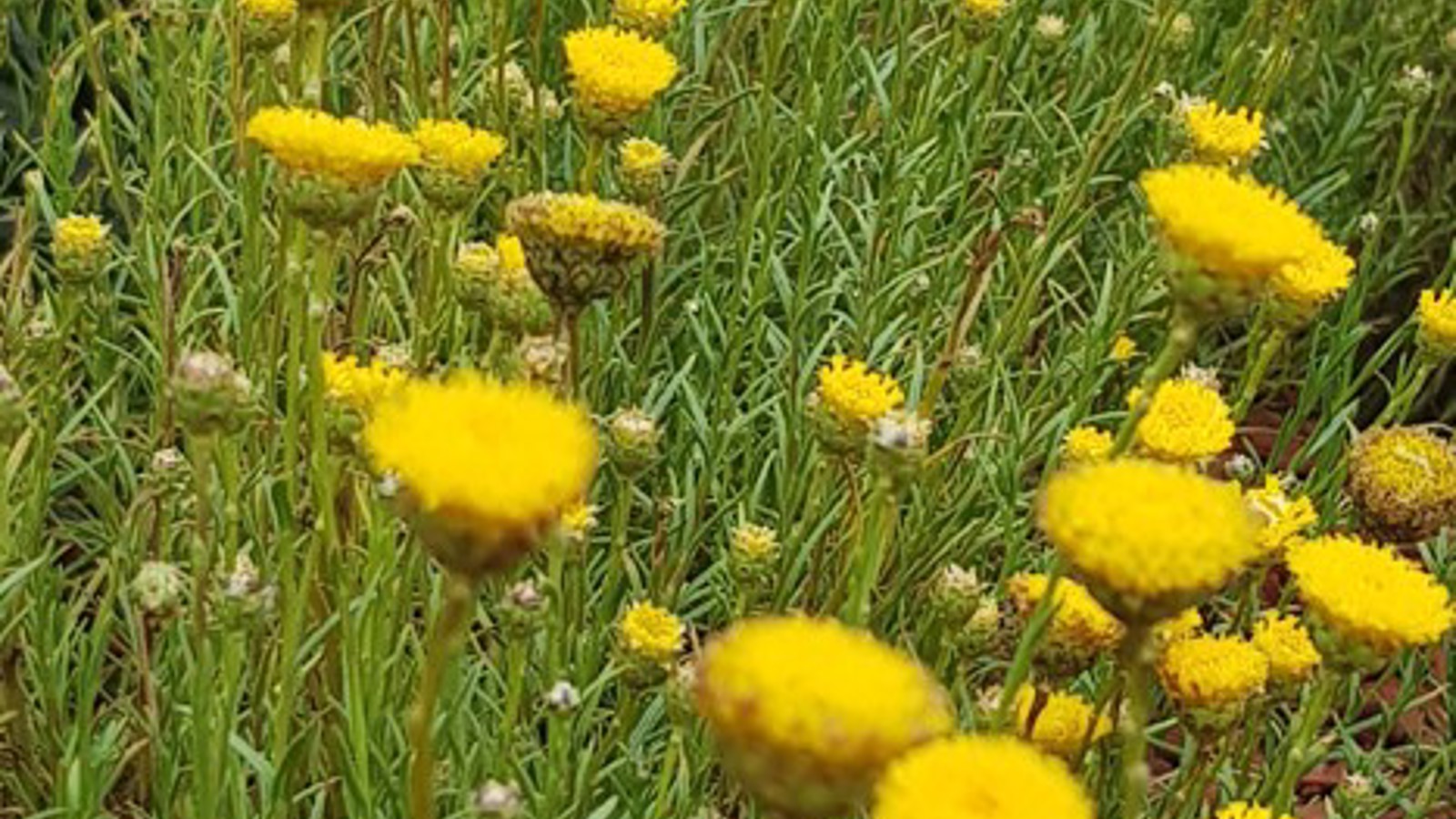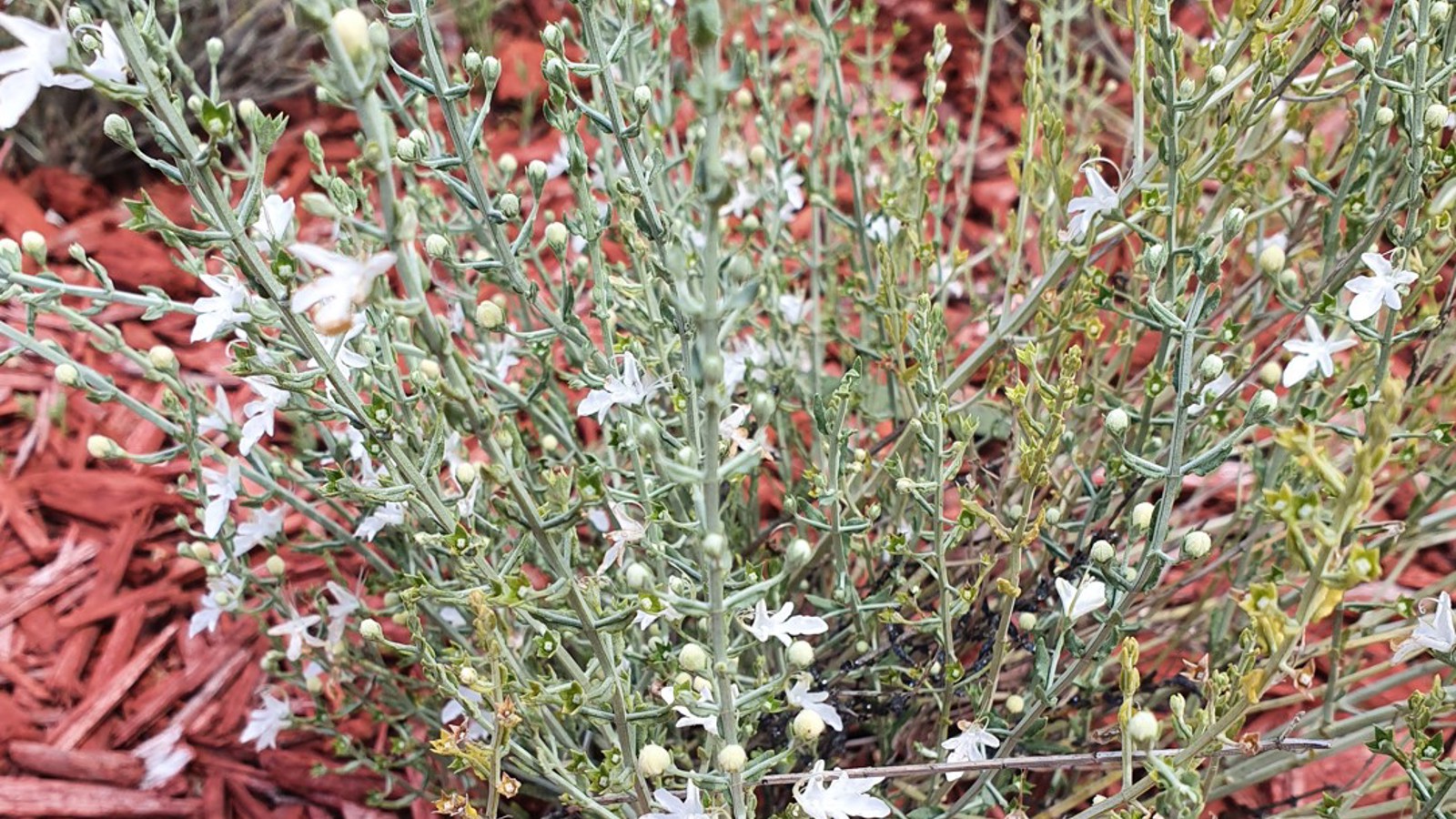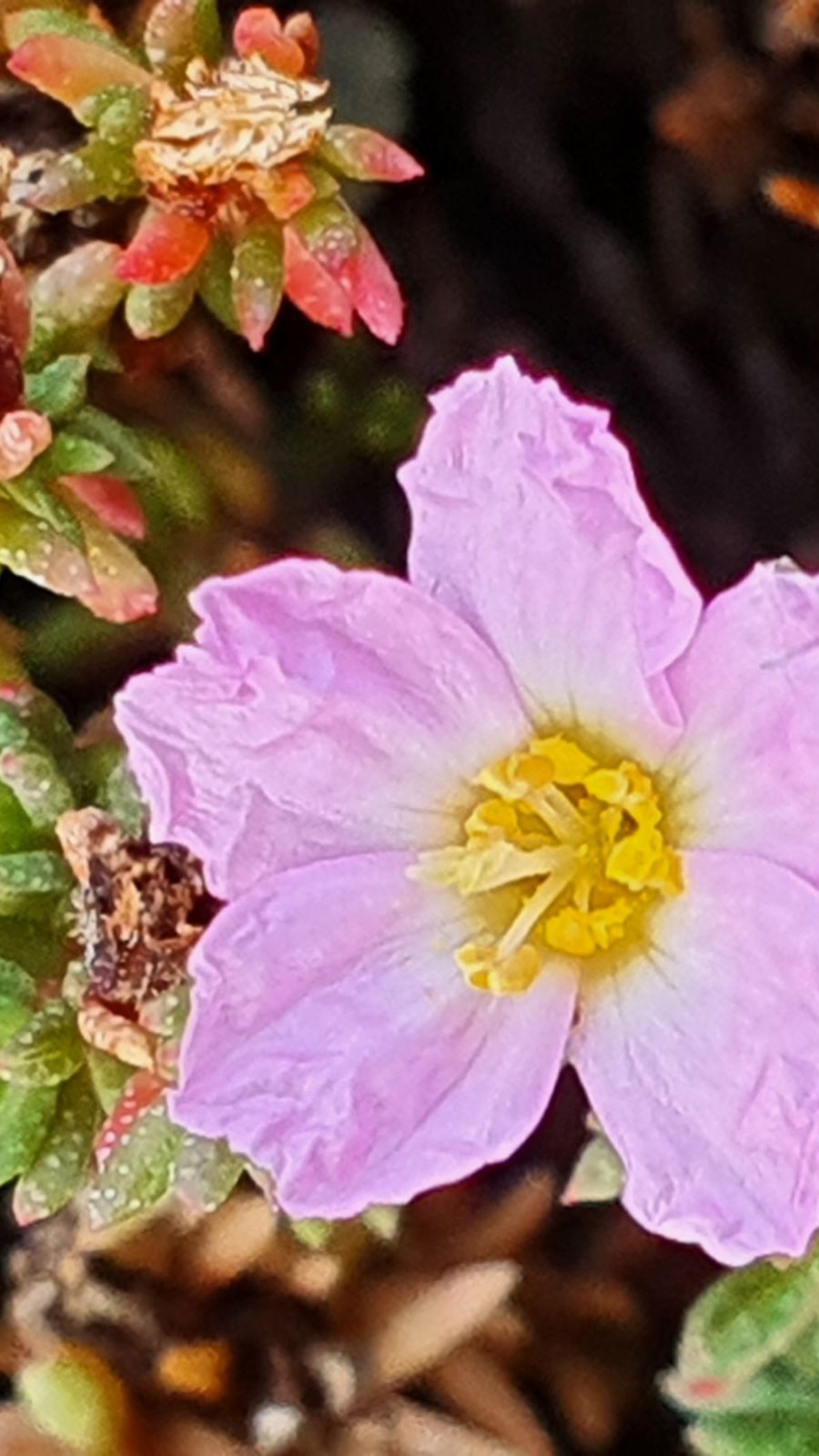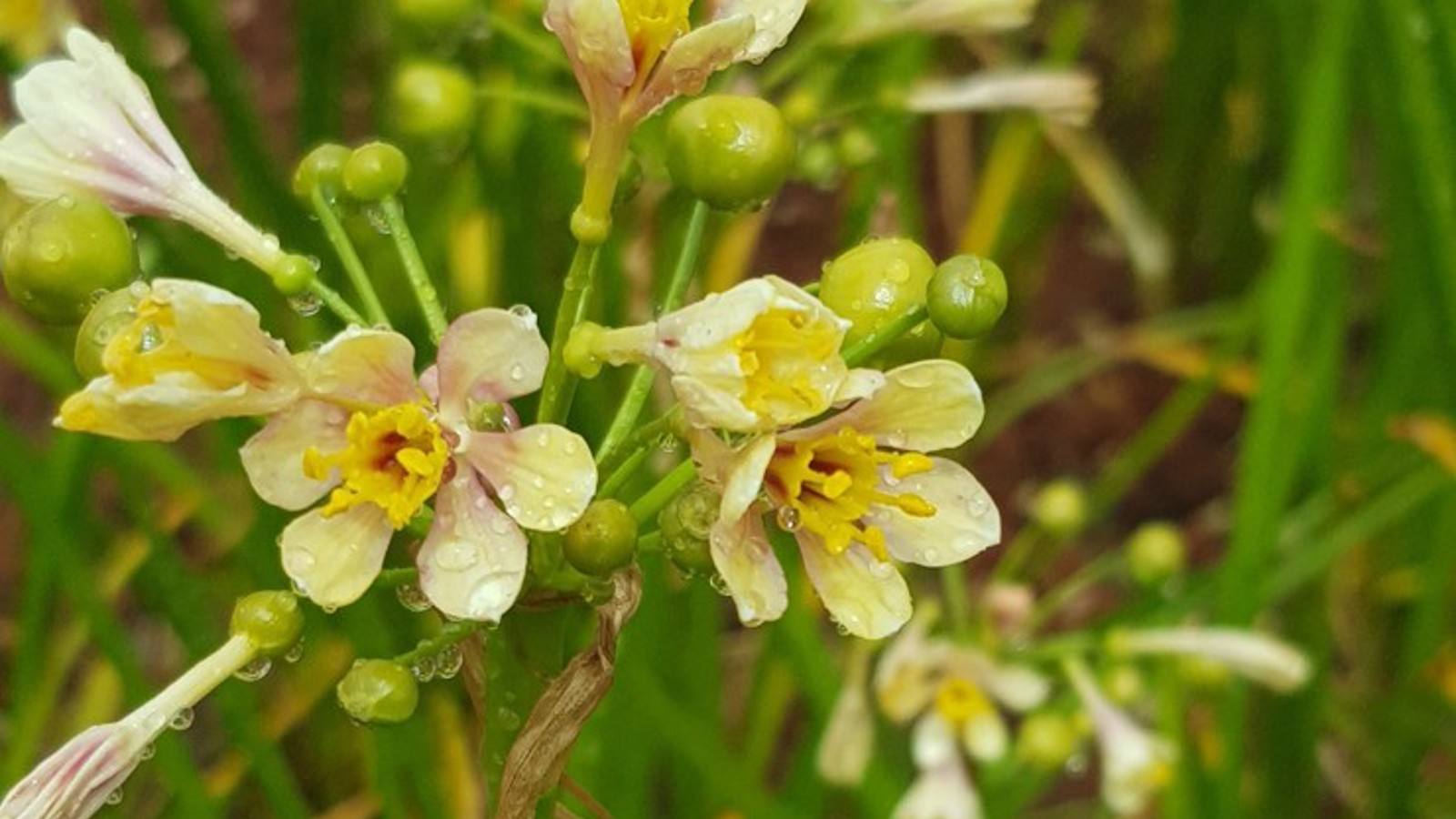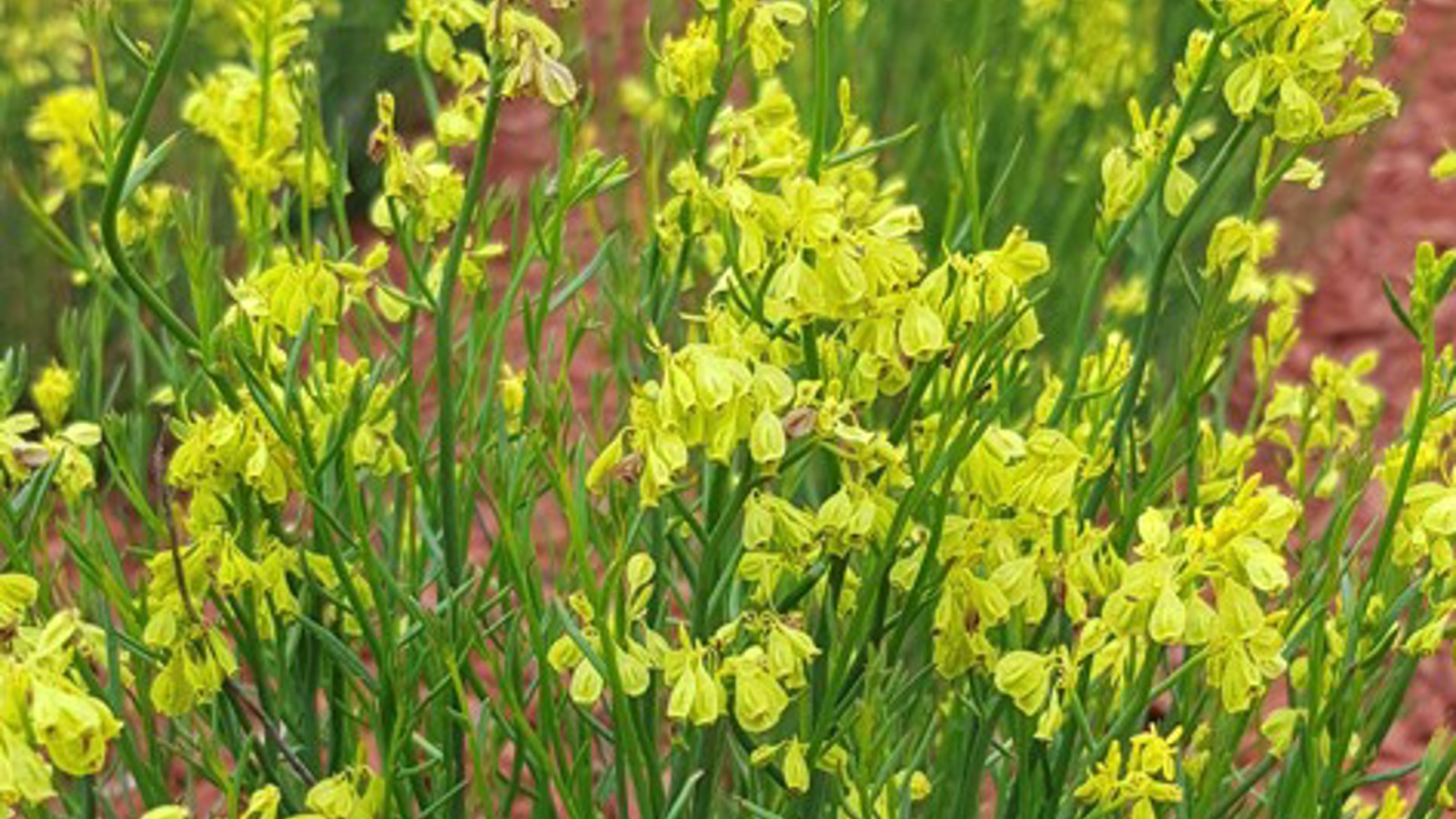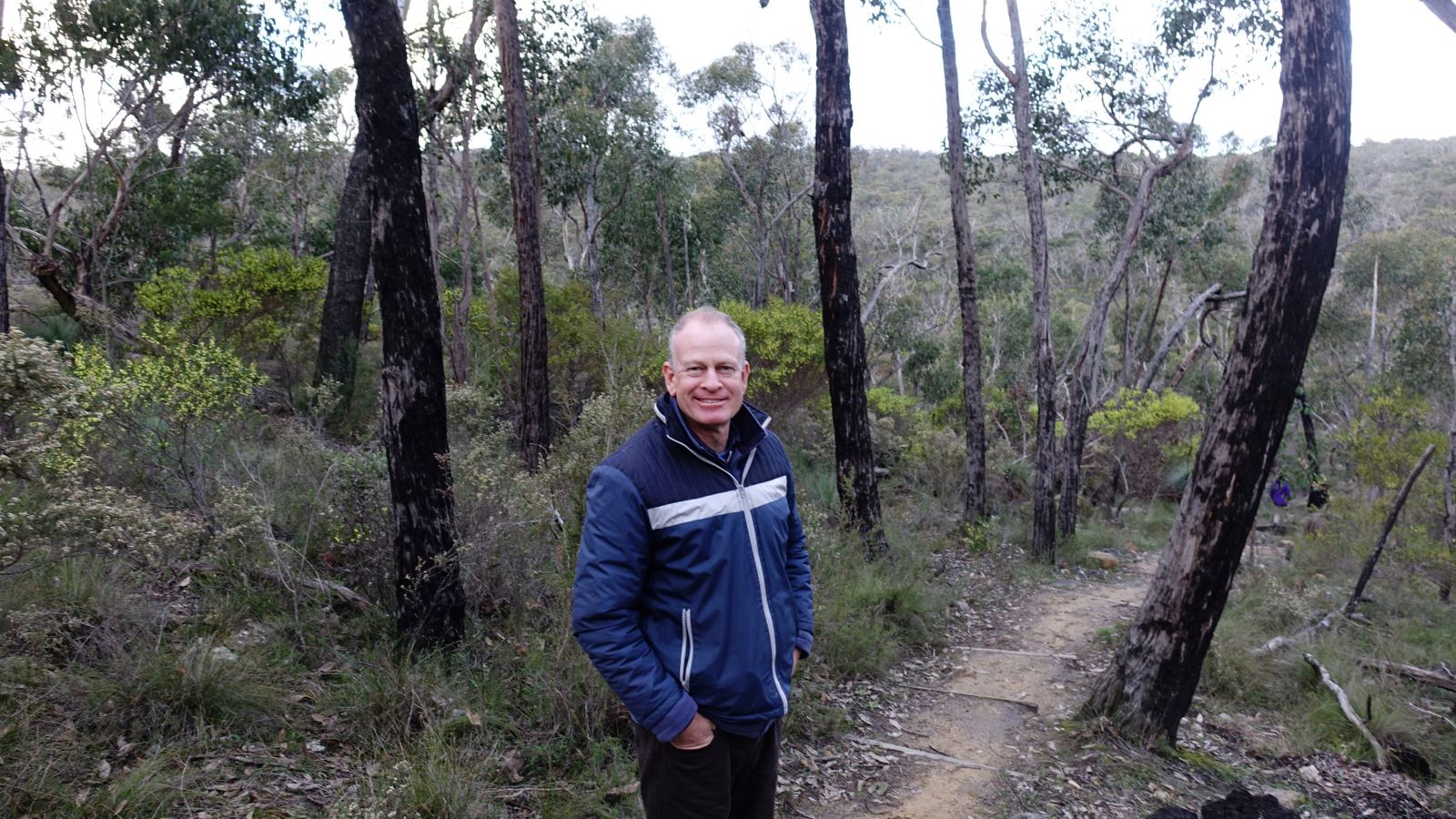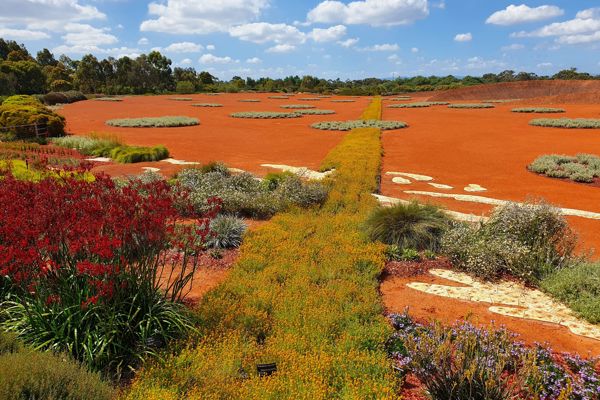
Ephemeral Garden
Within the Cranbourne Gardens the story of water is communicated via the landscape, illustrating its passage through Australia. In the Ephemeral Garden, we let your imagination take you on a journey. From the dry red centre to the white salt pans, the Ephemeral Garden shows how rain falls in the arid inland, runs down into the dry riverbeds, where it leaves nutrient rich silt deposits in long parallel lines. Here after rains, flowering plants flourish.
- ‘Ephemeral’ means lasting for a short time.
- An ephemeral plant is any short-lived species that emerges during favourable periods and quickly completes its life cycle.
- Ephemeral wildflowers that have adapted to life in inland Australia are termed ‘drought avoiders’.
- In the Australian desert, rivers and creeks are ephemeral. Often their sands are above and the water runs underneath. It is here after downpours, that the ‘drought avoiders’ thrive.
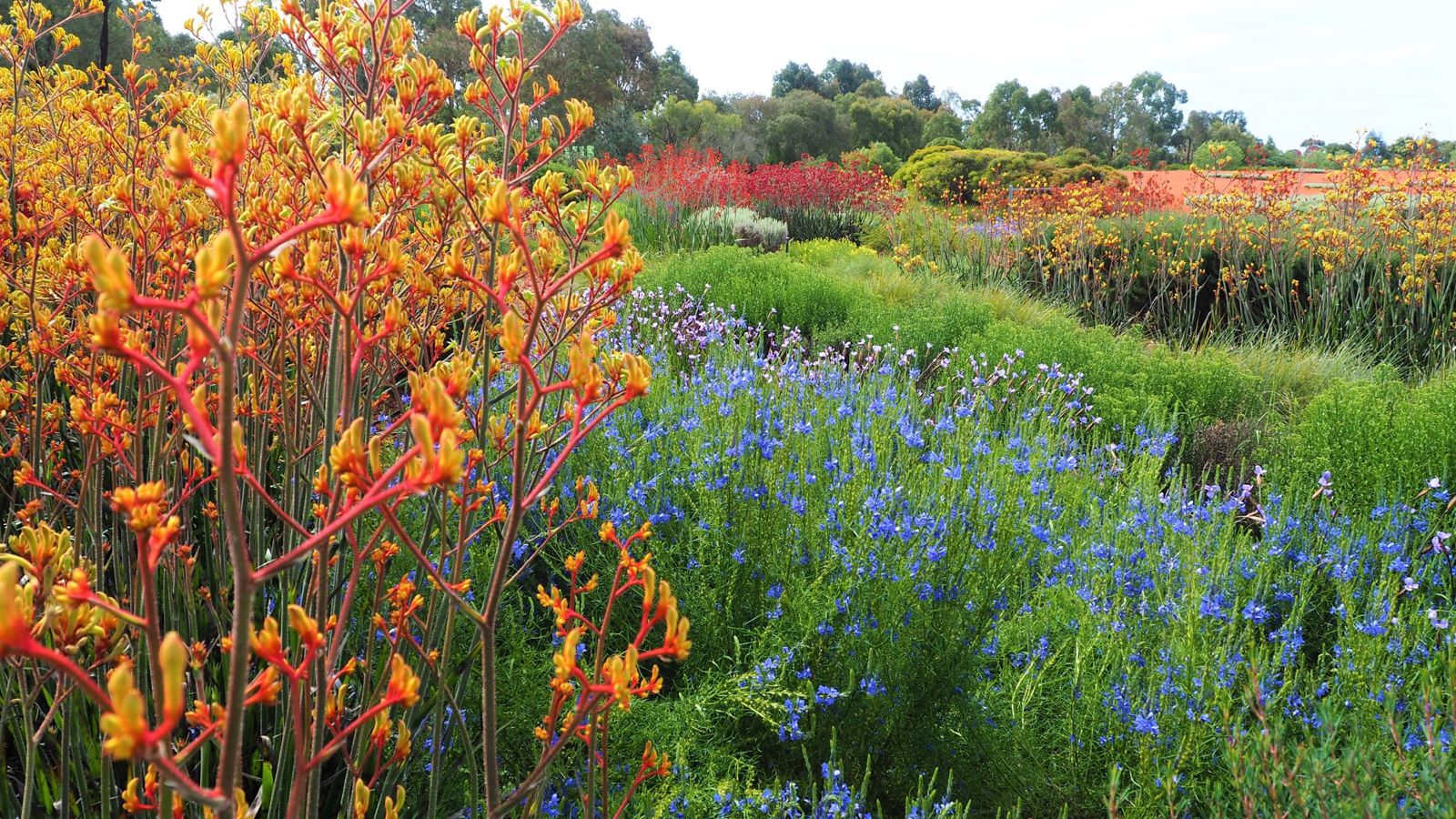
Notes from the Curator
Sturt Gibbs
Within this garden we have tried to capture the essence of ephemeral landscapes within Australia by carefully using flowering plants and monocotyledons that mimic those that grow naturally in hotter and drier climates. Where possible we have planted ephemeral species that come from these warmer regions that experience seasonal flooding however, as we have cooler and wetter conditions in Cranbourne we do use some plants that are more suited to our conditions. Some examples of ephemeral landscapes in Australia include the Todd and Sandover Rivers in central Australia, Lake Eyre and its ephemeral rivers that feed it, in inland SA and Lake Hindmarsh in the Wimmera, Victoria.

